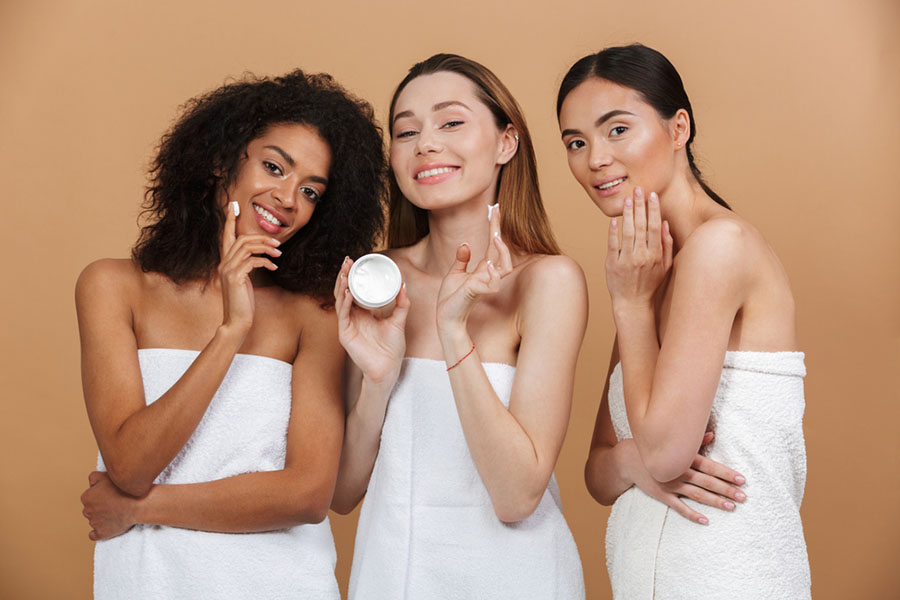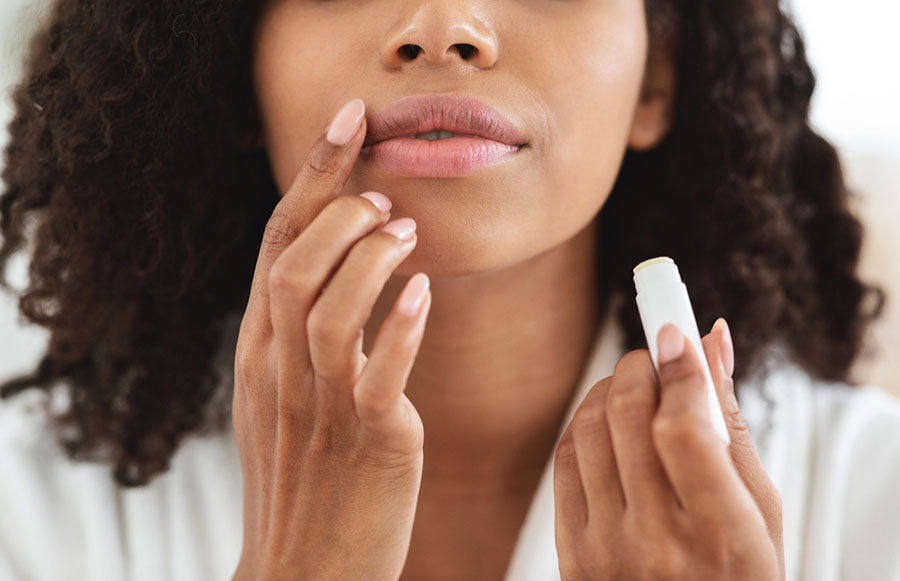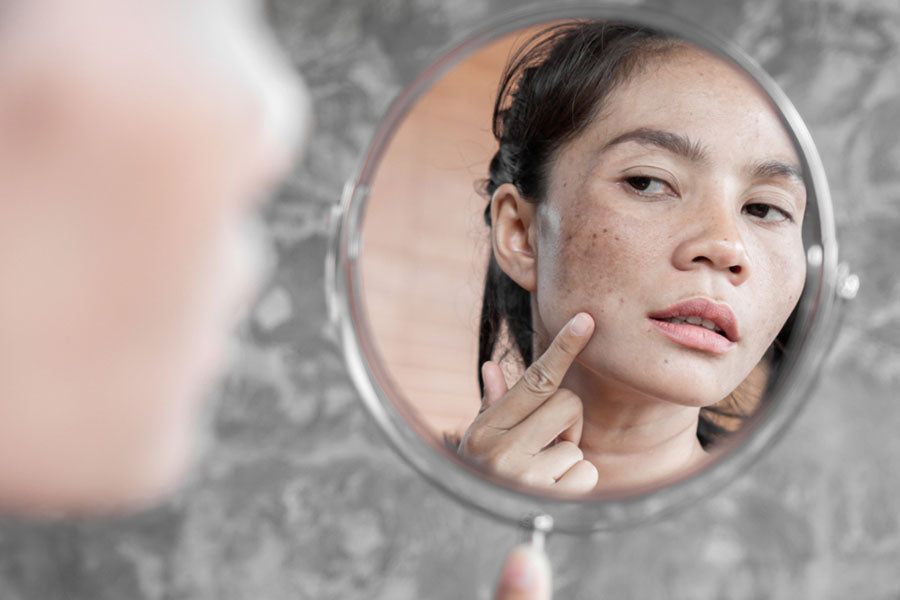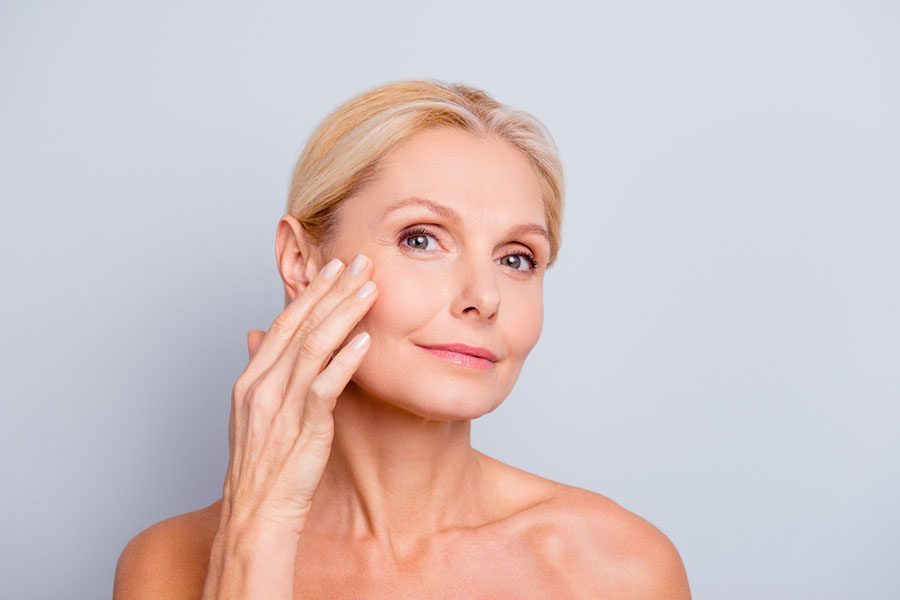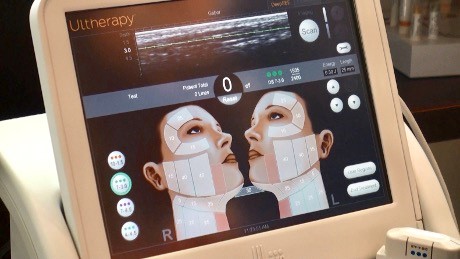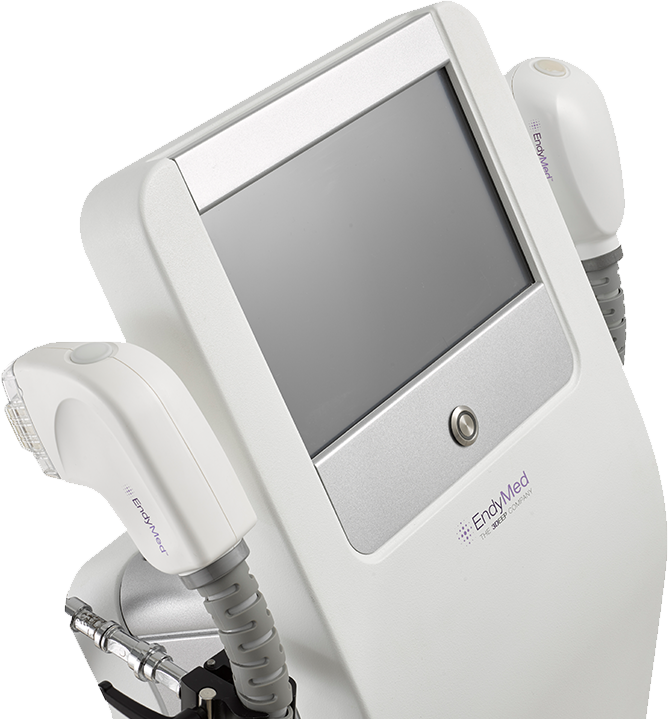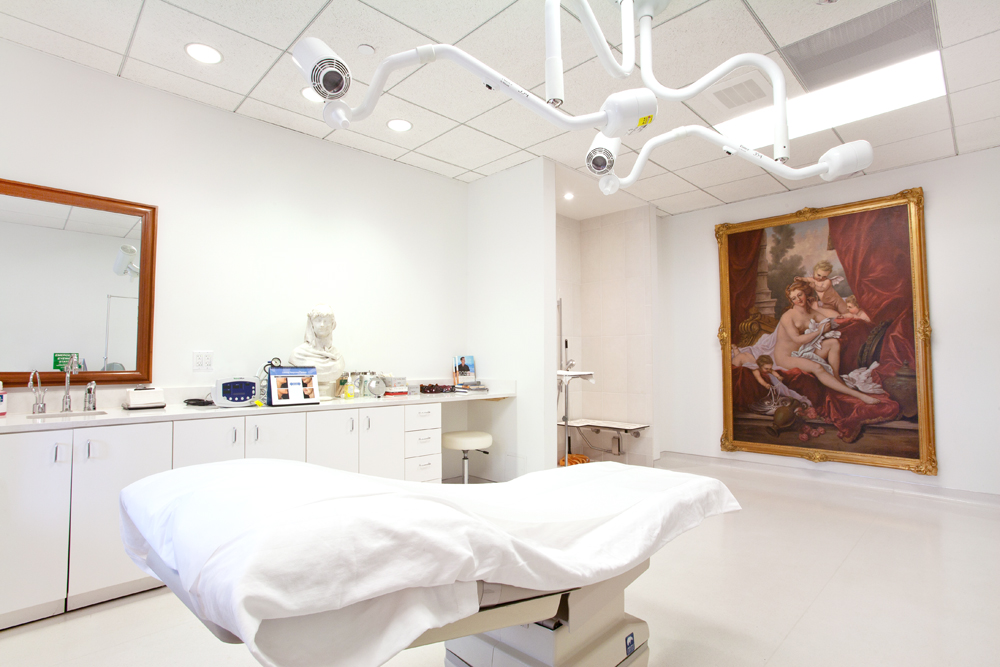What Type of Skin Do I Have?
By Dean Drobot / Shutterstock.com
Understanding your skin type is key to putting together the best skincare routine for your unique needs. But figuring out your skin type can be tricky, especially if you don’t know what all the skin types are or if you’ve never done a test to figure out your skin type. Here’s everything you need to know to determine what type of skin you have:
What Type of Skin Do I Have?
That being said, most people align most closely with one skin type. Your skin type is important because it determines what products will be most beneficial for your complexion. Slathering dry skin products on oily skin will lead to clogged pores and breakouts, while using oily skin products on dry skin will dehydrate your face even further. The American Academy of Dermatologists (AAD) recognizes five different skin types. They are:
- Dry: You skin tends to feel tight and maybe itchy, especially after showering or swimming. It often looks dull or rough and may flake, peel or crack. If that sounds like you, shop Lancer skincare for dry skin.
- Oily: Your skin tends to feel greasy and look shiny, especially later on in the day and/or on the forehead and nose. You have large pores that become blocked frequently and probably struggle with blackheads and whiteheads as a result. If that sounds like you, shop Lancer skincare for oily skin.
- Combination: Parts of your face are oily, while other parts are normal or dry. Typically the T-zone (nose and forehead) will be oily, while the cheeks and chin will be dry. If that sounds like you, shop Lancer skincare for combination skin.
- Sensitive: Your skin is very reactive, becoming red and itchy easily. It may burn or sting when you apply products and may even result in hives, bumps, peeling and other reactions. You might be diagnosed with a particular skin condition such as acne or rosacea, or your reactivity might be more general. If that sounds like you, shop Lancer skincare for sensitive skin.
- Normal: None of the other skin types fit you. Your skin is neither dry nor oily, and it’s not especially sensitive either. Your pores are small, you have even skin tone, and you don’t struggle with acne, rosacea or other skin conditions.
Most people fall into one skin type or another, but some people straddle the line between two of them. For instance, it’s possible to have skin that is both sensitive and dry, or maybe your complexion is combination but tends to lean oily. It’s also normal for most people to get more dry in the cold winter months and more oily in the warm summer months and to switch up their skincare routine accordingly.

By shisu_ka / Shutterstock.com
Discover Our 3-Step Skincare Set
How to Determine Your Skin Type
Fortunately, there is a simple test that you can do at home to determine your skin type. Remove any cosmetics products that you might be wearing, and then wash your face with a gentle cleanser. The cleanser should not be stripping, but it also shouldn’t leave any residue behind on your skin.
Pat your skin dry with a clean towel and observe it in the mirror. In some cases, you will be able to feel your skin type right away, especially if you have dry skin. However, you might not be able to figure it out immediately either, which is totally fine. Check your skin at 30-minute intervals to see what changes you are noticing. If you have normal skin, your skin will probably look about the same. If you have oily or combination skin, you will notice your face getting shiny over time, especially in your T-zone. If you have dry skin, it will become tighter and itchier the longer you go without moisturizer.

By fizkes / Shutterstock.com
Depending on the facial cleanser that you used, you might notice your face burning, itching, stinging or flushing red right away. However, if you used a very gentle cleanser, then your skin might not react to it. Think back to using skincare products in the past: Have you often struggled with reactivity, especially with many different products? If so, there’s a good chance that you have sensitive skin. Sensitive skin can also combine with other skin types, so even if you already know that your skin is sensitive, it’s still worth doing the test so that you know what you are working with.
Ready to get started with the best skincare products for your skin type? Shop the Lancer Method skin type sets and get free shipping on your domestic U.S. order, no order minimum needed!
